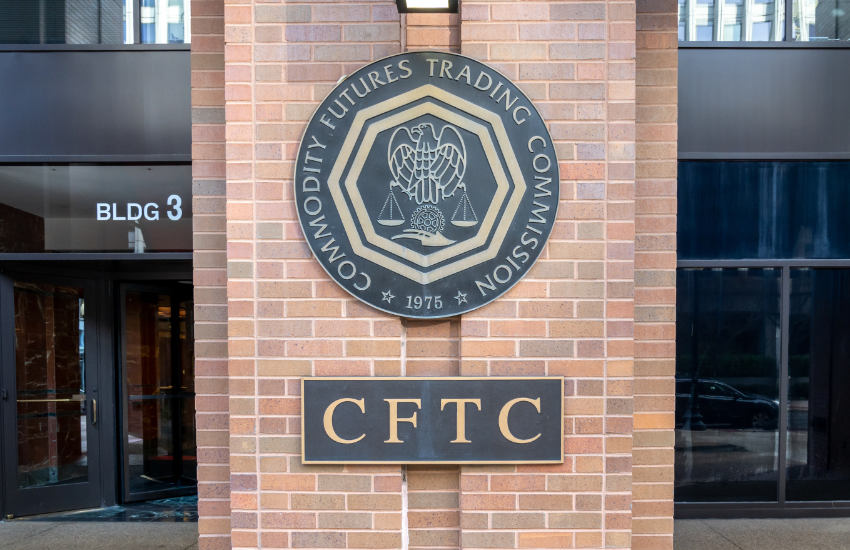In the not too distant future, it may be possible to use DLT-based collateral as margin for commodity and derivatives trading. Bloomberg reported that a subcommittee of the Commodity Futures Trading Commission’s (CFTC) Global Markets Advisory Committee (GMAC) voted to recommend a proposal to accept DLT-based collateral.
There are still several steps before approval. The proposal must now be considered by the full GMAC committee. If GMAC approves it, then the CFTC will have to decide.
This could mean that public blockchain money market funds such as BlackRock’s BUIDL and Franklin Templeton’s FOBXX could be used as collateral. So far, Treasuries tokenized on permissionless blockchains total around $2 billion. However, these changes would also apply to permissioned blockchain initiatives. Broadridge’s DLR tokenizes Treasury bills for repurchase agreements (repo) and supports over a trillion transactions monthly. JP Morgan also has a tokenized collateral network in which BlackRock participates.
The main advantage of tokenized collateral is the ability to transfer non-cash collateral for margining purposes more or less instantly, rather than waiting for settlement. This reduces the risk. This is one of the main reasons why tokenization of collateral and other intraday transactions is among the top institutional use cases for DLT.
We haven’t seen GMAC’s full proposal, but there will likely be reservations. It’s one thing to use BlackRock or Franklin Templeton collateral, but many tokenized Treasuries available on blockchains without permission may not qualify. To begin with, several offers are only available to offshore investors. Asset managers should be regulated.
Banking restrictions on unauthorized tokenization
Additionally, banks will turn to permissioned blockchain tokenization, as the Basel Committee’s rules for banks currently view permissionless blockchain tokenization as relatively risky. This imposes higher capital requirements on banks. However, a recent Basel Committee report explored how banks can mitigate permissionless blockchain risks. It is therefore likely that the permissionless blockchain restriction may be relaxed at some point.

